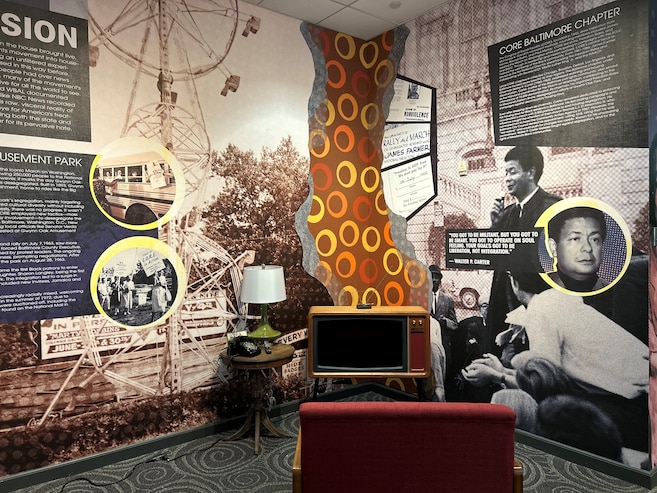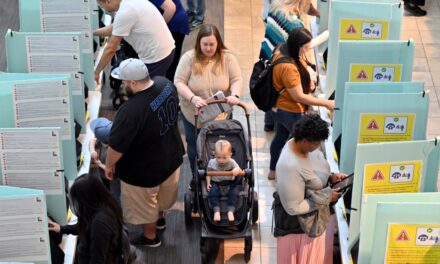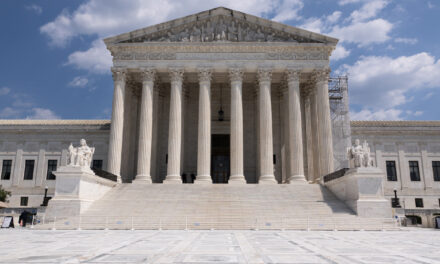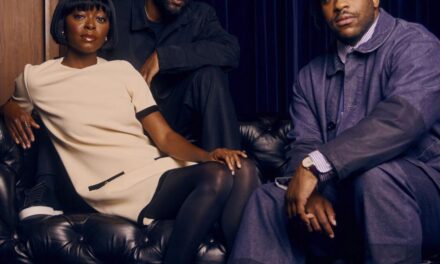
As the Civil Rights Movement erupted with mass marches, contentious sit-ins at segregated lunch counters and protests where freedom fighters were attacked with firehoses and police dogs, the Black press captured those moments.
Places like the AFRO newspapers sent out photographers and reporters to chronicle the contentious times while radio DJs dedicated their broadcasts to the happenings of the day. They all played a pivotal role in shaping and advancing the revolutionarymomentum as history unfolded.
The important role the Black press played during this time is being highlighted in a new exhibit launching Thursday at he Reginald F. Lewis Museum of African American History & Culture: “iWitness: Media & the Movement”. It shows how different forms of media shaped and advanced the Civil Rights Movement — especially here in Maryland. The yearlong exhibit coincides with the 60th anniversary of the Civil Rights Act of 1964, which prohibits discrimination on the basis of race, color, religion, sex or national origin.
The exhibit, which has been in the works for five months, was inspired in part when Gov. Wes Moore and the African American Commission of Maryland declared 2024 the year of Civil Rights in the state, said Terri Lee Freeman, president of the museum.
The Baltimore Banner thanks its sponsors. Become one.
Located in the Lewis Now gallery on the first floor of the museum, the exhibit includes several items from the time, including a radio with radio dial, a television in a living room display, segregation signage from a Maryland restaurant and other remnants.
Robert Parker, the museum’s chief curator and director of interpretation, collections, and education, described the exhibition as a “compelling exploration.”
“This exhibit not only commemorates the pivotal events and figures of the era but also underscores the ongoing relevance of media in the fight for social justice,” Parker said. “As we approach a critical election, it’s essential to reflect on the lessons of the past and recognize the power of the media in shaping public discourse and advocating for civil rights.”
Various forms of media, like today, were an important way for people to communicate and learn about the issues of the time, Freeman said.
“Black papers and DJs were treated like celebrities. They really were critical in getting information out,” she said. “It was critical bringing people online and seeing what was happening in the movement.”
The Baltimore Banner thanks its sponsors. Become one.
People know about the Civil Rights Movement from a national perspective but do not realize the “important role” Maryland played in the national landscape, Freeman said.
Terri Lee Freeman poses for a portrait in front of the Reginald F Lewis Museum. (Cody Norris for The Baltimore Banner)
Some of the notable people featured in the exhibit include:
- Lillie Carroll Jackson, a Baltimore-based civil rights leader and former teacher who helped turn the Baltimore branch of the National Association for the Advancement of Colored People into one of the country’s largest branches and achieved many legal victories in the fight for racial equality. Jackson was also a longtime NAACP Baltimore chapter president.
- Thurgood Marshall, the Baltimore-born civil rights lawyer who led the NAACP Legal Defense and Educational Fund and whose work to end school segregation led to the Supreme Court’s 1954 decision in Brown v. Board of Education, which found that segregated public schools were unconstitutional.
- The Rev. Dr. Pauli Murray, the Baltimore-born civil rights activist, feminist and lawyer, who was instrumental in addressing gender disparities within the Civil Rights Movement. Murray also fought to end segregation of public transportationand was at the forefront of what we now know asthe transgender equality movement. It was Murray who was instrumental in getting gender included in the wording of the Civil Rights Act of 1964. In 1977, Murray became the first Black person perceived as a woman in the U.S. to become an Episcopal priest.




